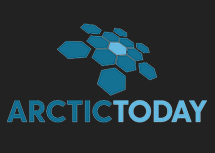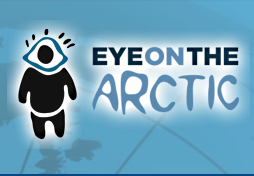LKAB postpones the transition in Kiruna
The changed plans are due to LKAB wanting to focus on the new mineral resources discovered after the sponge iron plans took shape. When LKAB starts mining the newly mapped Per Geijer ore, it will also be able to extract phosphorus and rare earth elements that will be refined in the Ree Map project in a new industrial area in Luleå.
"The long-term strategy remains the same, but we are rebalancing. This is mainly because we have completely different mineral resources than five years ago. The other reason is limitations in infrastructure," says LKAB's CEO Jan Moström to Dagens Industri.
The changed plans for Kiruna mean that LKAB does not need as much electricity as quickly as previously planned. The original plans implied a total electricity demand for LKAB of 70 TWh in 2050, which corresponds to half of Sweden's total electricity production today. Today, there is no developed electricity grid that would meet LKAB's future electricity needs.
In Malmberget in Gällivare, LKAB is continuing the transition and the Hybrit project according to plan. There, as the next step after the pilot plant for Hybrit in Luleå, LKAB will build an industrial-scale demonstration plant for the production of fossil-free sponge iron using hydrogen. It will be operational in 2028, and by the early 2030s the entire production in Malmberget, just over 5 million tonnes, will be in operation. When fully operational, the Malmberget plant will require around 25 TWh of electricity per year.
The operations in Malmberget are integrated with SSAB's steelworks in Luleå. Therefore, LKAB's changed plans for Kiruna operations do not affect SSAB's Hybrit plans.
"As far as LKAB is concerned, we don't buy anything from the Kiruna system, we buy via the Gällivare system," says SSAB's CEO Martin Lindqvist, to Dagens Industri. He says that there is no reason to change the Hybrit project for SSAB.
Lennart Håkansson
editor@northswedenbusiness.com




